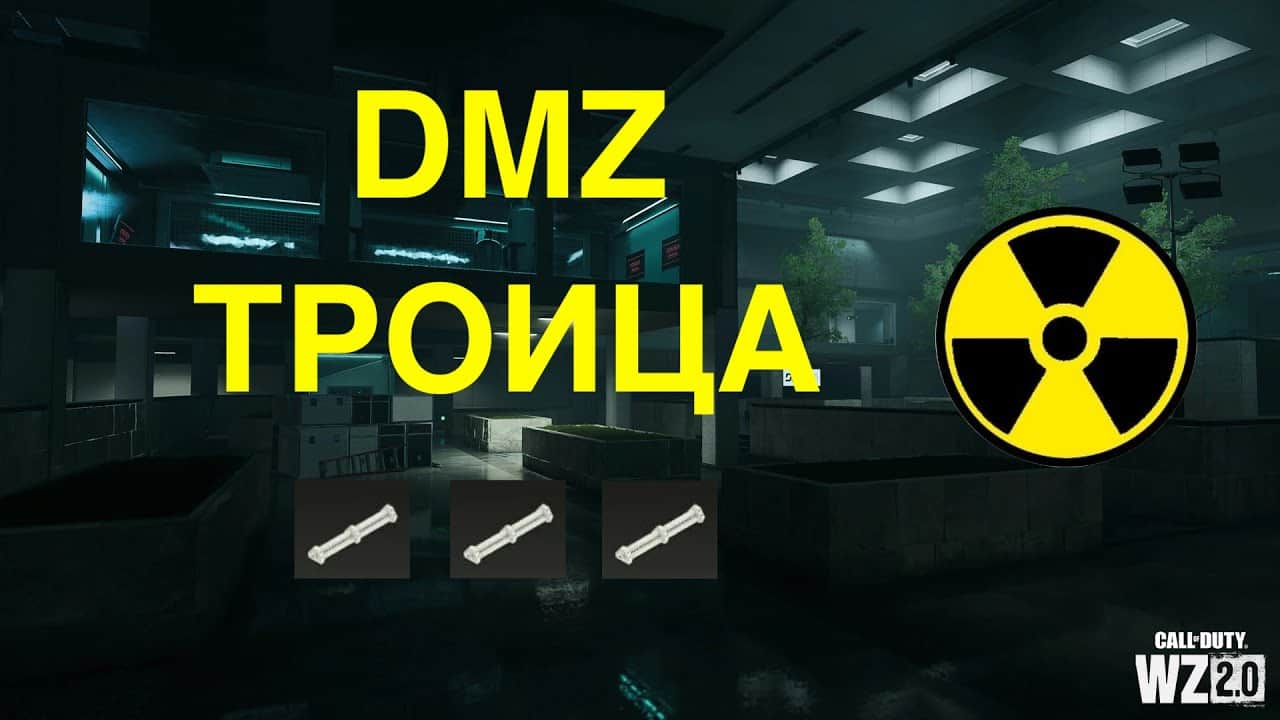Understanding the concept of DMZ
DMZ (English Demilitarized Zone) is a zone in a computer network, which is a separate subnet located behind a firewall, but in front of an external network. It is used to host servers that must be accessible from the outside, but at the same time must be protected from possible attacks. DMZ allows you to limit access from the external network to only certain resources located inside the DMZ. In the event of an attack on a server located in the DMZ, the attacker will not be able to access other resources located within the network, since they are behind the firewall. However, it is necessary to understand that the DMZ is not absolute protection and does not guarantee complete security. Therefore, it is important to properly configure the firewall and servers located in the DMZ, as well as regularly check them for vulnerabilities. The DMZ is an important element in the comprehensive protection of computer networks, which allows you to ensure the availability of external resources, while minimizing risks to internal networks.
How DMZ works on computer networks
DMZ (demilitarized zone) is a segment of a computer network that is isolated from the main network, but has access to the Internet. It is created to host servers that need to be accessible from the outside, such as web servers, mail servers, etc.
d.
DMZ works on the principle of traffic filtering. Incoming requests to servers in the DMZ pass through a special device - a firewall, which controls access to the DMZ. The firewall is configured to allow only traffic destined for servers in the DMZ. This allows you to protect the main network from possible threats.
In addition, a DMZ can have its own user authentication system and server access control. This greatly improves security since only authorized users can access servers in the DMZ.
It is important to note that the DMZ is not a guarantee of absolute security. To protect a computer network, it is necessary to take an integrated approach, which includes measures to protect against external threats and internal security breaches.
Benefits of using DMZ
DMZ (Demilitarized Zone) is a segment of a computer network that is used to host external services accessible from the Internet, such as web servers, mail servers or FTP servers. Using a DMZ has a number of advantages:
1. Increased network security. Placing external services in a DMZ allows them to be separated from the rest of the network, which reduces the risk of the entire network being compromised when an external service is attacked.
2. Improved performance. Placing external services in a DMZ improves network performance because traffic associated with external services does not have to pass through the internal network.
3. Improved handling. Placing external services in a DMZ allows you to more effectively manage them and control access to them using specially configured rules.
Using a DMZ is one of the main ways to protect computer networks and external services from attacks from the Internet.
DMZ and Network Security: What You Need to Know
DMZ (Demilitarized Zone) is a separate area in a computer network that is located between the external and internal parts of the network. It is designed to accommodate servers that must be accessible from the Internet, but cannot be fully open to external access.
Placing servers in a DMZ provides an additional layer of security for the network. In the event of an attack on servers in the DMZ, attackers will not have access to the internal part of the network where company data and other confidential information are stored.
To ensure security in the DMZ, various measures are used, such as using a firewall, setting access rights, and monitoring network events. It is also important to regularly update the software on the servers in the DMZ and ensure their security.
It is important to understand that DMZ is not a panacea for all threats and cannot guarantee 100% network protection. However, a properly configured DMZ can significantly improve the security of a computer network and protect it from many types of attacks.
How to Secure Your Network with a DMZ
DMZ (Demilitarized Zone) is a technical solution that allows you to create a separate network, separated from the main network, but with access to the Internet. This allows you to significantly increase the security of the main network, since all external requests directed to servers and devices connected to the DMZ will be processed separately.
To create a DMZ, you need to configure a router and configure traffic filtering rules. The DMZ must contain all devices that have access from the Internet, for example, website servers, mail servers, etc.
etc. You can also place devices in the DMZ that have a higher level of vulnerability, for example, computers with outdated software or devices without malware protection.
It is important to note that a DMZ is not an absolute guarantee of security. However, a properly configured DMZ can significantly reduce risks and increase the security of a computer network.
DMZ and DDoS protection
DMZ (from English Demilitarized Zone) is a network segment that is located between the external and internal networks. It is designed to host servers that should be accessible from the Internet.
DMZ provides an additional layer of protection against DDoS attacks. If the attacker is unable to penetrate the internal network, he can try to overload the servers located in the DMZ. To protect against such an attack, you can use special devices and software that filter traffic and block suspicious requests.
DMZ also allows you to restrict access to internal network resources. For example, if an email server is located in the DMZ, you can provide access only to mailboxes, without allowing users to connect to other resources on the internal network.
Using a DMZ is one of the important steps in ensuring the security of computer networks.
Read further:






